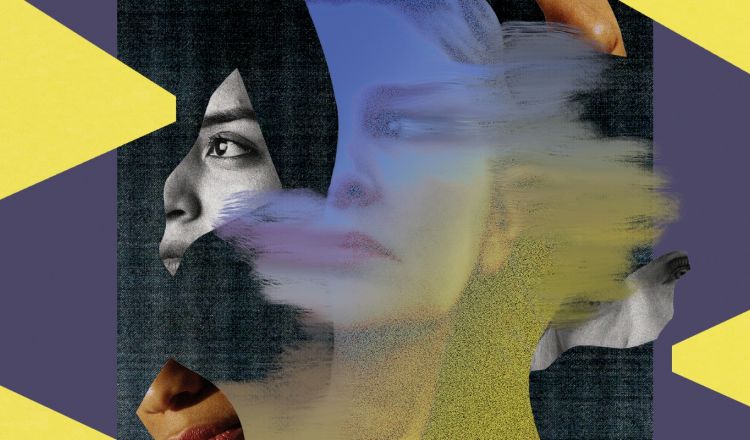UNESCO's "The Chilling": Global trends in online violence against women journalists
2021-05-13 10:28

© Franziska Barczyk
A pioneering UNESCO discussion paper points to a sharp increase in online violence against women journalists and reveals how these attacks are now inextricably bound up with disinformation, intersectional discrimination, and populist politics.
‘The Chilling: Global trends in online violence against women journalists’ presents an edited extract from a forthcoming interdisciplinary study carried out by the International Center for Journalists (ICFJ). The first of its kind in terms of its scope and methodology, it is based on a global survey of 901 journalists from 125 countries; long-form interviews with 173 journalists and experts; two big data case studies assessing over 2.5 million social media posts directed at prominent journalists Maria Ressa (The Philippines – laureate of the 2021 Guillermo Cano World Press Freedom Prize) and Carole Cadwalladr (UK); 15 detailed country case studies; and a literature review covering hundreds of scholarly and civil society research publications.
The discussion paper provides hard facts and detailed analysis on the following key findings:
- Online attacks have real-life impacts. Not only do they affect mental health and productivity, but physical attacks and legal harassment are increasingly seeded online.
- Misogyny intersects with other forms of discrimination. Women journalists who are also disadvantaged by racism, homophobia, religious bigotry and other forms of discrimination face additional exposure to online attacks, with worse impacts.
- Gendered online violence intersects with disinformation. While orchestrated disinformation campaigns weaponise misogyny to chill critical reporting, reporting on disinformation can be a trigger for heightened attacks.
- Online attacks against women journalists have political motives. Political actors, extremist networks and partisan media are identified as instigators and amplifiers of online violence against women journalists.
- Social media platforms and news organisations are still struggling to respond effectively. In the context of an increasingly toxic information ecosystem, platforms are seen as major enablers for online violence. When women journalists turn to them or their employers in the midst of an online violence storm, they often fail to receive effective responses and even face victim-blaming behaviour.
A team of 23 international researchers from 16 countries, led by Julie Posetti, Nabeelah Shabbir, Diana Maynard, Kalina Bontcheva and Nermine Aboulez, contributed to the study.
Download:
Entire report
Top 26 preliminary findings at a glance
Chapter 1 – Introduction
Chapter 2 – Global thematic analysis: Key trends
Chapter 3 – Maria Ressa: At the core of an online violence storm
Chapter 4 – Carole Cadwalladr: The networked gaslighting of a high-impact investigative reporter
Chapter 5 – Conclusion and recommendations









